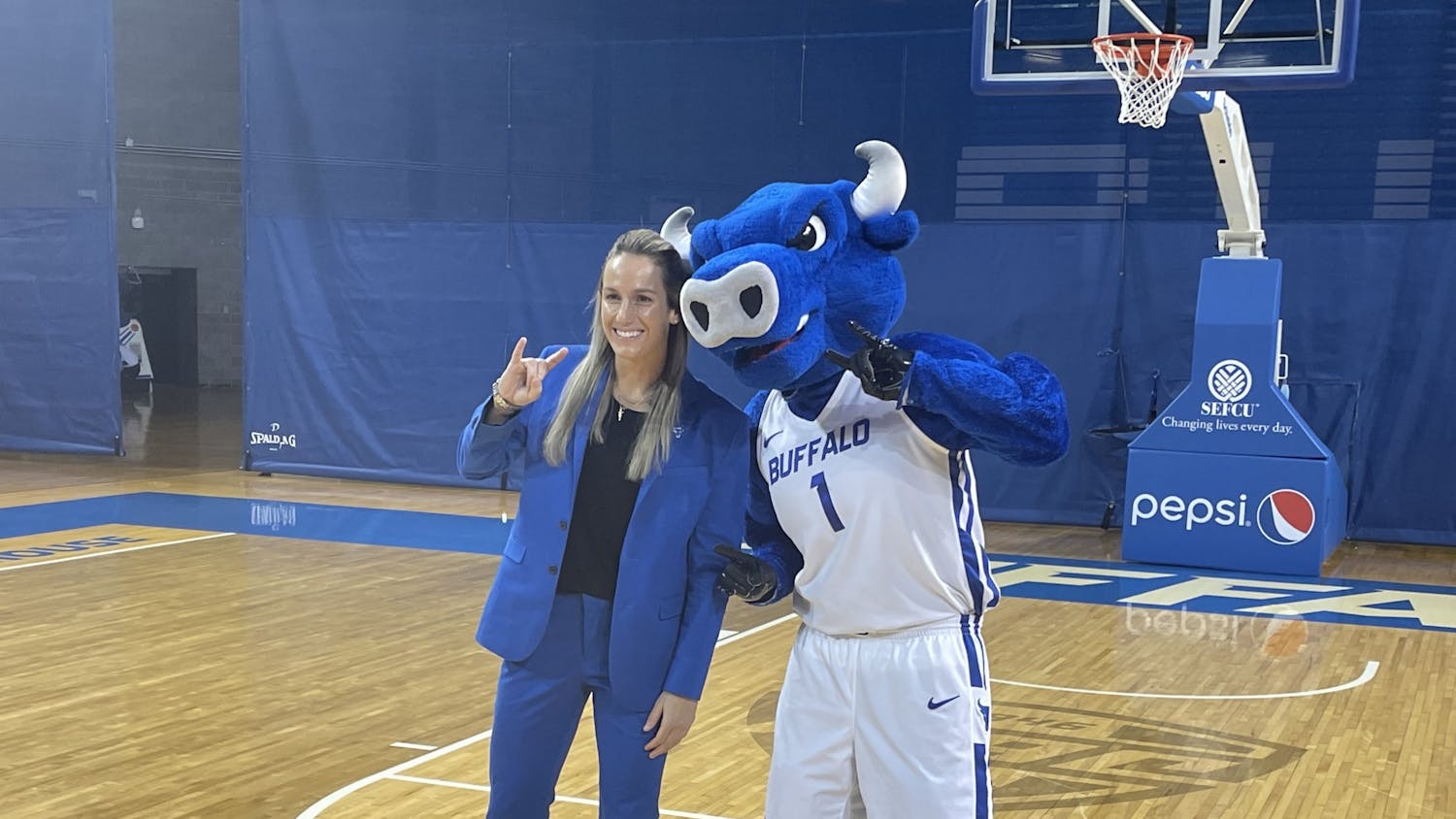Editor’s note: This letter was edited for formatting. It otherwise remains in the condition in which it was sent.
Like thousands of other Western New Yorkers, I watched in horror as the medical teams from Buffalo and Cincinnati raced to save Damar Hamlin’s life. This was accomplished because of well trained medical personnel that were prepared for such a scenario and responded immediately to render the necessary lifesaving care. Seeing the two teams gathered around their fallen comrade praying for his life served as a sobering reminder about how important it is to protect athletes in the best manner possible and to provide a safe environment.
My name is Mike Hodgins and for the last 13 years I have served as a club sports coach here at UB. I am reaching out today to bring to your attention the gross lack of attention that is paid here at UB to the safety and welfare of our club sport athletes. I fully realize that club sports is administered by Student Association, Inc and not by the University so it is easy to say ‘’that’s not our responsibility’’ or ‘’we can’t control what SA does.’’ We may not have a legal responsibility in this regard but as stakeholders and leaders in the UB community we certainly have a moral and ethical obligation, as well as a duty of care to our students and parents to do all we can to ensure their safety and well-being.
I am well qualified to comment in this area given my 25 years as a certified coach, my 18 years as a coach educator and trainer, and five years as an adjunct faculty member in the Department of Exercise and Nutrition Sciences here at UB teaching sports coaching. In every one of these roles, risk management and athlete welfare is a major area of concern.
Club sport athletes that participate in contact sports and represent the University in inter collegiate competitions must be afforded at least a minimum level of safety and care. These sports include hockey, lacrosse, rugby, baseball, and soccer to name a few. The minimum requirements for a properly designed and administered athlete welfare program have to include, certified coaches that are first aid and CPR trained, pre-participation physicals, baseline concussion testing, athletic training services, and AED’s being on site at all practices and competitions.
Certified Coaches with First Aid Training – Every National Governing Body (NGB) has a coach development program and pathway that ensures that coaches are trained in safe practices, have sound technical and tactical knowledge, and are SafeSport certified. This along with a qualified first aid and CPR certification provides athletic teams with competent first line of protection for athletes.
Pre-participation Physicals – A comprehensive physical before participation in contact sports is crucial. It verifies to coaches, administrators, and parents that athletes are physically capable of managing stresses that come with participation. A physical may also identify underlying health conditions and avoid a catastrophic neurological or cardiac event.
Baseline Concussion Testing – Impact testing provides health providers with a baseline of neurological functions. In cases of concussion or head injury it gives medical personnel a guideline for recovery and return to play protocol. It’s cheap insurance to help monitor and manage concussions.
Athletic Training Services – Licensed AT’s are the cornerstone of any comprehensive athlete welfare and risk management program. They help keep our athletes healthy, in the game, and to recover from injury. In many cases they also provide on-the-scene assessment and management of injuries, and save lives.
Automated External Defibrillator(AED) – An AED should be present at any and all athletic contests weather varsity or club. This should be non-negotiable. In emergency situations AED’s save lives. All coaches, staff, and administrators have to be familiar with their use and have access to them.
These five areas of risk management and athlete protection would provide as safe of an environment as is possible, and ensure that our athletes have a positive and rewarding experience during their time here at UB.
My personal experience in my tenure as a club sports coach has been that I have never once been asked to verify that I am a certified coach, never been asked to take a first aid or CPR course, never had an Emergency Action Plan (EAP) in place, or had any discussion about what to do in an emergency. Many times over the years we have been without any medical personnel at games and I have personally had to call off campus emergency responders and wait up to 20 minutes for an ambulance to arrive to tend to an injured player. Obviously, this is a very distressing situation and puts us all at risk of serious injury and creates an unnecessary liability exposure. When I have brought this serious lack of care to my superiors, I have been dismissed as being ‘’dramatic.’’ I can assure you that when it comes to protecting the safety and well-being of our athletes, I take my responsibility very seriously.
All sports come with an inherent risk and injuries are part of what we deal with as players, coaches, administrators, and community stakeholders. The statistical chance of catastrophic injury in sports is small, but for the UB Community it’s not a question of if, it’s a question of when an incident like the Damar Hamlin one will happen to one of our club sport athletes. I hope and pray that when it does, we will have had the foresight to be prepared and be able to say that we have done our best to protect that student and their family from tragedy.
Respectfully,
Michael J. Hodgins





